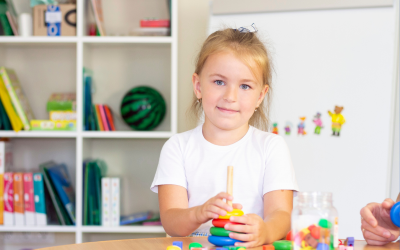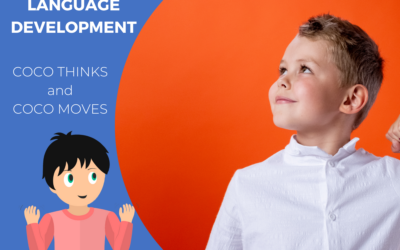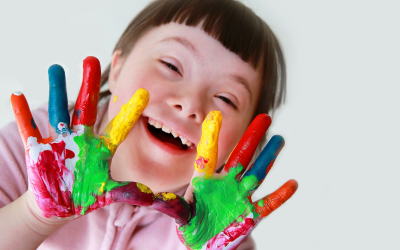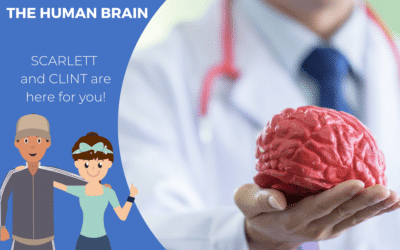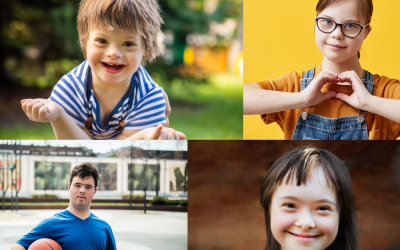Attention Deficit Hyperactivity Disorder (ADHD) is a common neurological disorder that affects many children around the world. Recognizing the warning signs of ADHD is essential for early intervention and effective management of this disorder. This article examines the behaviors commonly seen in children with ADHD, as well as the challenges parents may face.
What is ADHD?
ADHD is a developmental disorder characterized by symptoms such as inattention, hyperactivity and impulsivity. Children with ADHD may have trouble concentrating, sitting quietly, following instructions and controlling their impulses. This disorder can have a significant impact on their daily lives, both academically and socially. ADHD can persist into adulthood, but it is often diagnosed in childhood.
Common signs of ADHD in children
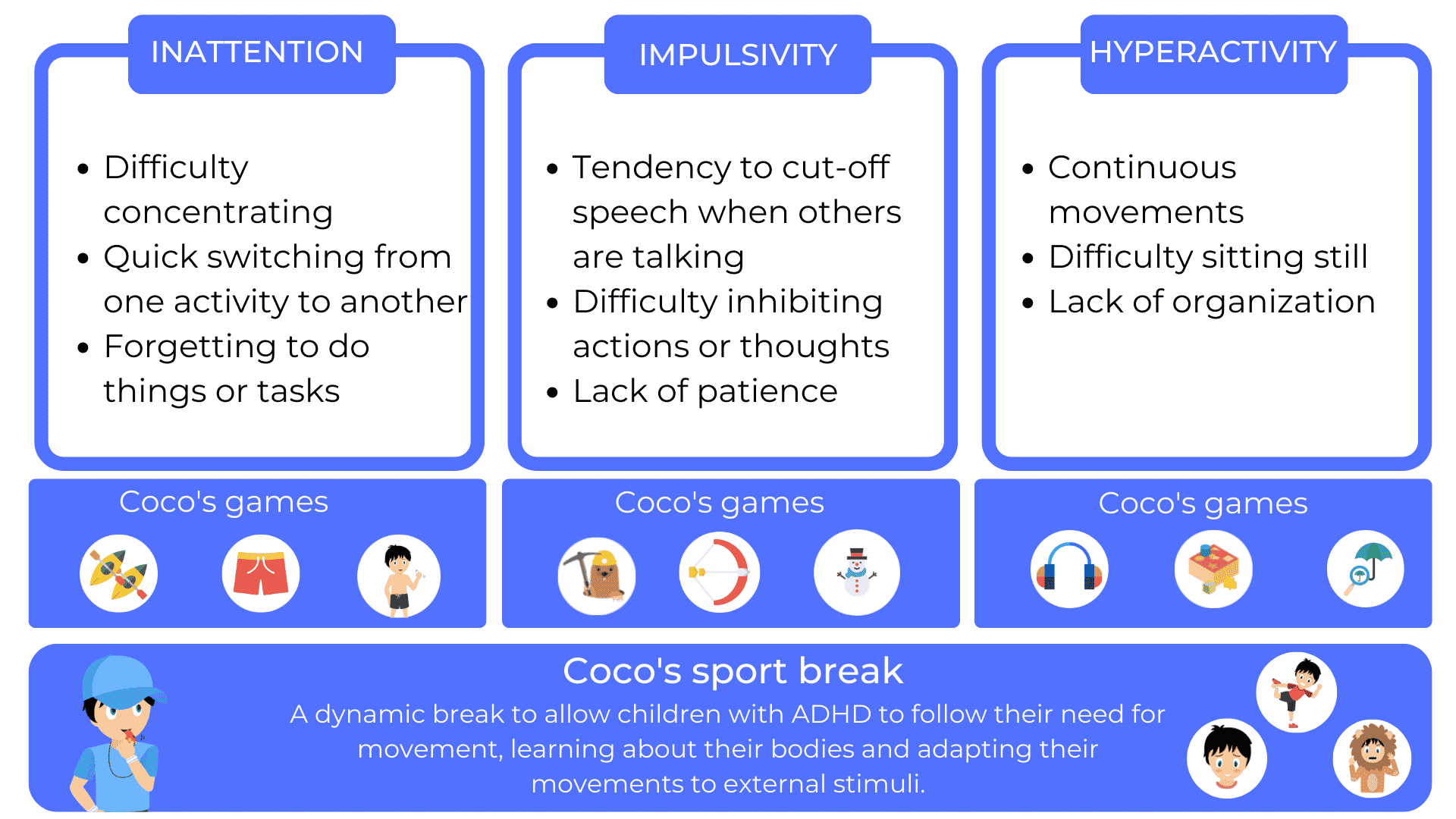
1. Difficulty concentrating and paying attention
Children with ADHD may have difficulty focusing on a task for an extended period of time. They may appear distracted and have difficulty following instructions. These concentration difficulties can lead to school problems and a decrease in academic performance. Children may also have difficulty organizing and managing their time. They can be easily distracted by external stimuli and have difficulty focusing on a single activity.
2. Hyperactivity
Hyperactivity is another common sign of ADHD in children. Hyperactive children often have difficulty sitting still and restricting their movement. They can be constantly on the move, have difficulty waiting their turn and have a lot of energy. Their agitation may make it difficult for them to participate in quiet activities or tasks that require prolonged concentration. Hyperactivity can be visible from an early age, with children having difficulty lying still or playing quietly.
3. Impulsivity
Children with ADHD may also exhibit impulsive behaviors. They may have difficulty thinking before they act, waiting their turn or following established rules. This impulsivity can manifest itself in their social behavior and lead to difficulties in their relationships with peers. They may have difficulty managing their emotions and making thoughtful decisions. They may also interrupt others when they are talking and have difficulty waiting their turn in games or group activities.
4. Organization and time management problems
Children with ADHD may have difficulty organizing and managing their time effectively. They may have difficulty planning tasks, meeting deadlines, and managing their personal affairs. This can lead to delays and problems in their daily responsibilities. They may also have difficulty remembering instructions and following an established routine. Children with ADHD may feel overwhelmed by their responsibilities and have difficulty organizing themselves to complete tasks.

5. Social difficulties
Children with ADHD may have difficulty relating to others. Their impulsiveness and restlessness can make it difficult to cooperate with peers. They may have problems sharing, waiting their turn or following the rules of the games. These social difficulties can lead to conflict and exclusion from other children, which can affect their self-esteem and emotional well-being.
Challenges for parents
Recognizing the signs of ADHD in children can be a challenge for parents. Here are some challenges parents may face:
1. Stigma and limited social understanding
ADHD is often misunderstood and stigmatized in society. Parents may feel isolated or judged because of their child’s behaviour. It is essential for parents to learn about ADHD and educate those around them to foster a broader understanding and social acceptance. It is important to remember that ADHD is not the result of poor parenting or lack of discipline. It is a neurological disorder that requires appropriate management.
2. Managing challenging behaviors
The behaviors associated with ADHD can be difficult for parents to manage. Emotional outbursts, impulsivity and hyperactivity can create daily challenges. Parents can benefit from behavior management techniques and tailored strategies to help their child cope with the challenges of ADHD. Methods such as establishing routines, clarifying expectations, and rewarding positive behaviors can be helpful. It is also important for parents to take care of their own emotional well-being and seek support from mental health professionals if necessary.
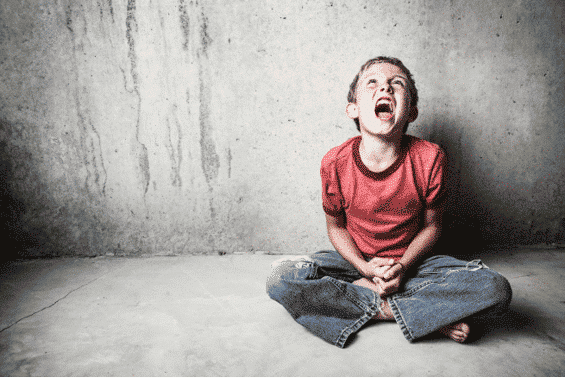
3. Academic support
Children with ADHD may need extra support at school. Parents may need to work closely with teachers and educational professionals to develop individualized learning plans and implement accommodations to help their child succeed academically. Strategies such as frequent breaks, visual aids, and interactive learning methods can be beneficial for children with ADHD. It is also important to make school personnel aware of the child’s specific needs and to encourage open and regular communication.
4. Impact on family life
ADHD can have an impact on family dynamics. Parents may feel exhausted by the daily challenges of their child’s ADHD. Siblings may also feel frustrated or neglected because of the extra attention given to the child with ADHD. It is important for parents to find a balance and devote quality time to all members of the family. Seeking community support and resources can be beneficial in helping the family as a whole cope with the challenges of ADHD.
Recognizing the signs of ADHD in children is crucial for early intervention and effective management of this disorder. Children with ADHD may have difficulties with concentration, hyperactivity, impulsivity and time management. Parents may face challenges such as stigma, managing challenging behaviors, and academic support. A thorough understanding of ADHD and appropriate support resources can help parents best support their child with ADHD and promote positive development.
Remember to consult a qualified health care professional for an accurate diagnosis and advice tailored to your individual situation. By understanding the signs of ADHD and implementing appropriate management strategies, parents can help their children overcome the challenges of this disorder and achieve their full potential.
Supporting ADHD children with the COCO THINK and COCO MOVE application
COCO THINKS and COCO MOVES is a program of educational and physical games for elementary school, from 1st to 5th grade, to implement universal learning.
Children with ADHD have difficulty staying focused. It is therefore important to use games that work on theactivation or inhibition of movement, as well as games that require a specific response time.
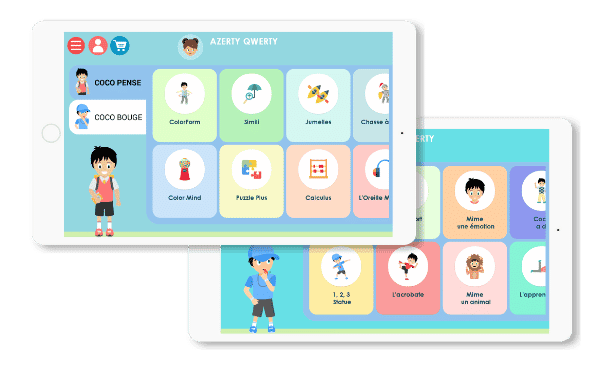
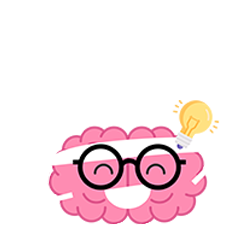
ATTENTION
ADHD children are easily distracted. Improving their attention span allows them to listen to the teacher and complete the required exercise.
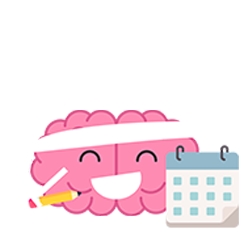
PLANNING
Planning allows you to anticipate the sequence of movements or actions to be done to complete an exercise. This allows the student not to forget things.
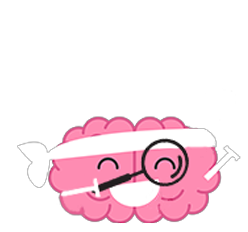
PERCEPTION
Students with ADHD tend to move quickly from one activity to another, so they don’t pay much attention to detail. A work on perception allows to learn to better analyze all the elements.
A sports break every 15 minutes of screen time
From the age of 5, children should do at least 1 hour of physical activity per day, including 30 minutes at school. Benefits:
-
Airing the brain
-
Respect the need for movement
of the child -
Motivate children to continue the activity
-
The plus of COCO THINK and COCO MOVE physical activities:
-
- Adapted physical exercises
- A personalized interface (possibility to hide games)
- Activities to teach body movement in space
- Activities for relaxation
- Activities that can be done sitting down
Other articles that might interest you:
Supporting children with autism
Dynseo proposesSUPPORTING CHILDREN WITH AUTISM with COCO THINKS AND COCO MOVESDynseo and its team are very much...
Supporting DYS children with COCO THINKS and COCO MOVES
Dynseo proposesDYS disorders with COCO THINKS and COCO MOVESOur educational and pedagogical games program COCO THINKS...
Language development
Children communicate from birth with movements, crying, looking at each other or with smiles. After only a few months,...
Supporting children with Down Syndrome with Coco
Dynseo proposesDOWN SYNDROME with COCODown syndrome is a non-hereditary chromosomal abnormality that leads to the...
Supporting people after a stroke
Dynseo proposesStroke with CLINT, your brain training coachThe Dynseo team is very involved in helping people who have...
Supporting someone with Alzheimer’s
In this guide, we will detail how SCARLETT can be used for supporting someone with Alzheimer's. SCARLETT is a...
10 myths about the human brain you didn’t know
The brain is an incredible muscle, however there are many things we do not know, and what we do know is not always...
Using Digital Tools to Support Students with Special Educational Needs
Special Educational Needs (SEN) encompass a wide range of learning difficulties and disabilities that can hinder a...
Down Syndrome and Communication: Facilitating Interaction with Visual and Interactive Supports
When we think about Down syndrome, we often recognize it as a genetic condition that affects physical and cognitive...
How to Track Progress in People with Down Syndrome Using Digital Tools
Down syndrome, a genetic condition caused by the presence of an extra chromosome 21, affects approximately 1 in every...



